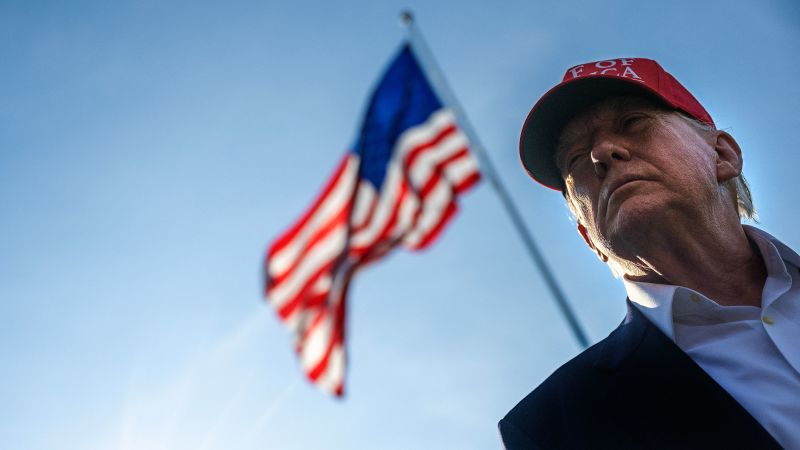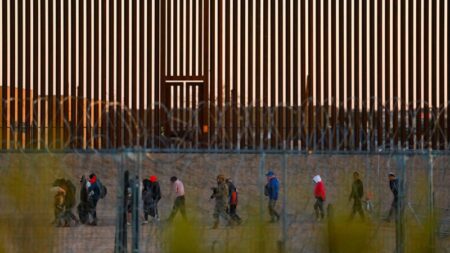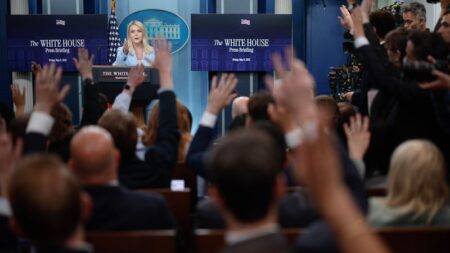In a significant legal maneuver, the Trump administration has presented an urgent appeal to the Supreme Court, seeking permission to remove three appointed officials from the Consumer Product Safety Commission (CPSC). This initiative reflects the administration’s broader strategy to exert greater influence over independent regulatory bodies that have historically been designed to operate without direct political intervention. The three commissioners in question were originally appointed by President Joe Biden and were dismissed by Trump in May. However, a federal district court intervened last month, ruling that the commissioners must be reinstated, prompting the current administration to seek an emergency stay from the Supreme Court.
The essence of this legal battle lies within the ongoing discussion about the extent of presidential power in firing members of independent boards, such as those established by Congress. These boards operate autonomously to ensure unbiased regulation and oversight. Trump’s appeal is part of a continuum of litigation demonstrating his administration’s efforts to reshape the parameters of executive authority in dealing with independent agencies. Historically, the Supreme Court has demonstrated a willingness to grant Trump some victories in similar cases, favorably interpreting the scope of presidential power to manage such agencies.
In its argument, the Trump administration emphasized that the ongoing litigation has created operational difficulties for the CPSC, labeling the situation as one that has generated “chaos” within the agency. This claim centers on the confusion and indecision among agency staff regarding which directives to follow, given the division in leadership caused by the reinstatement decision. The CPSC’s primary responsibility is safeguarding consumer interests by addressing hazardous products through recalls and enforcement efforts. With conflicting leadership directives, the administration argues that the agency’s mission could be jeopardized.
The Trump administration finds precedence for its position from earlier high court rulings that have allowed for a more flexible interpretation of presidential powers over independent agencies. Notably, in May, the Supreme Court issued an unsigned opinion permitting Trump to dismiss officials from two federal labor agencies responsible for enforcing labor rights. The Department of Justice referenced this case extensively in its recent appeal, asserting that the President holds vested constitutional authority to remove executive officers without needing to provide justification, barring specific exceptions acknowledged by longstanding legal precedents.
In stark contrast, dissenting views exist regarding the implications of these rulings, particularly from Justice Elena Kagan, who expressed concern that the current majority’s stance effectively undermines a pivotal historic case—Humphrey’s Executor v. United States. This precedent had previously established that presidents must demonstrate cause, such as misconduct, for the removal of board members from independent agencies, intended to shield these agencies from capricious administrative changes.
As the case continues, it has confronted obstacles on its journey through the judicial system. The Richmond-based Fourth Circuit Court of Appeals recently dismissed Trump’s appeal, recognizing the need to adhere to precedent established by the Supreme Court. The presiding Judge, James Wynn, cautioned that unless the Supreme Court explicitly overturns the established precedent, it continues to be authoritative for lower courts. He was nominated to the judiciary by former President Barack Obama, hinting at the variance of political perspectives affecting judicial interpretations.
In its Wednesday filing, the Trump administration urgently requested the Supreme Court to enact an immediate “administrative stay.” This was intended to prevent the reinstated commissioners from participating in decision-making while the justices review the case. In rebuttal, the former board members swiftly contested the need for such a stay, emphasizing that their current appointments have been effective since June 13. They argued that granting the administration’s request would significantly disrupt the established operational status quo of the agency.
As the Supreme Court considers its response, the looming question remains: what will this case mean for the balance of power between the presidency and independent regulatory agencies, and how might it redefine the limitations and rights of executive authority in the context of consumer protection and regulatory governance? This ongoing situation symbolizes much more than a battle for three commissions; it represents a crucial juncture in the ongoing discourse around governmental powers and independent oversight in the United States.











